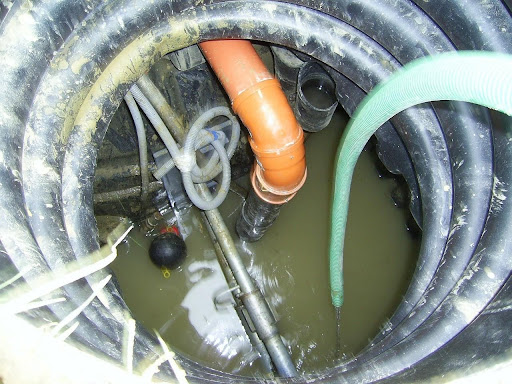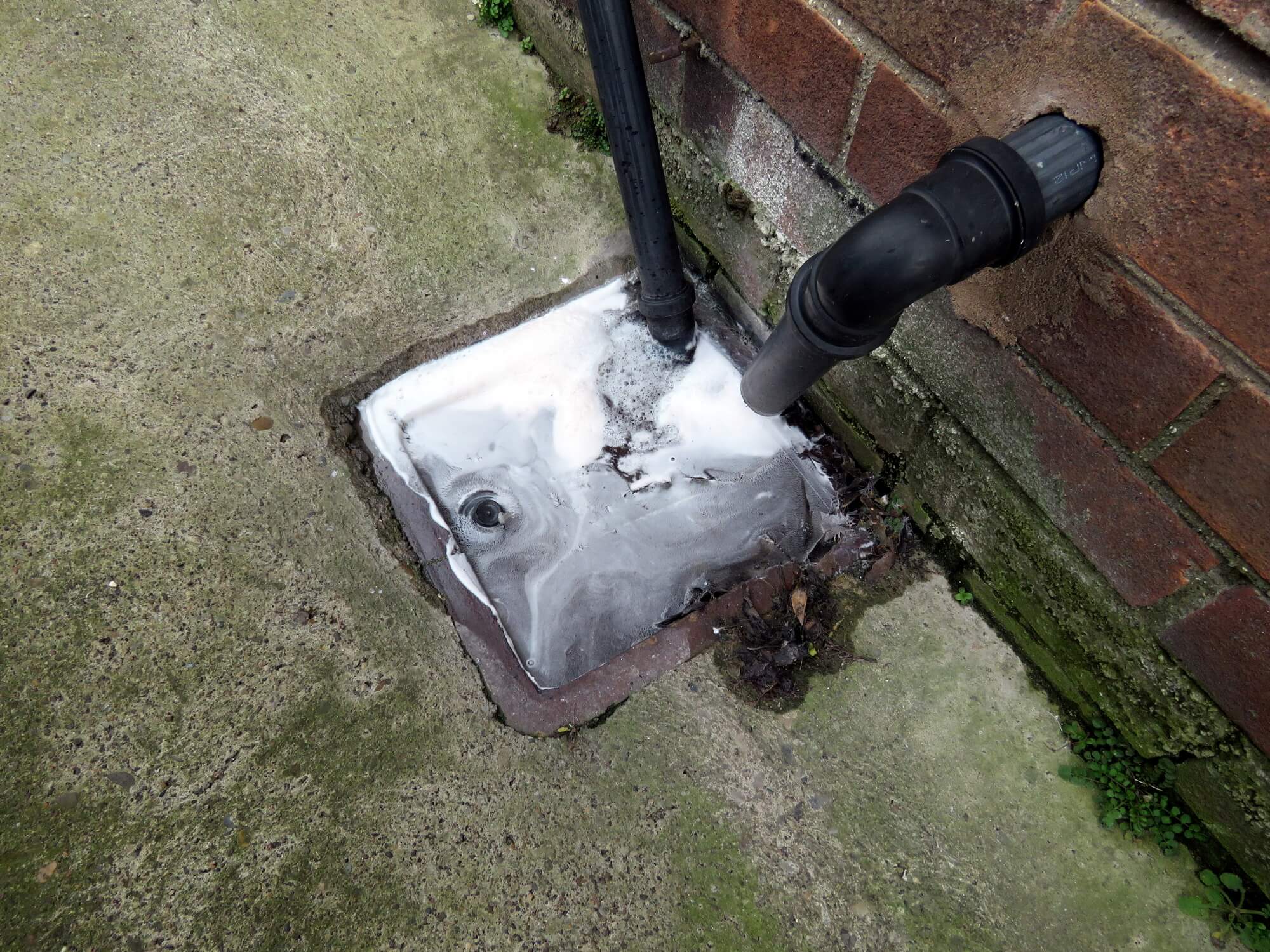Tips for Managing a Blocked Drain Prior to Contacting Professional Plumbers
Tips for Managing a Blocked Drain Prior to Contacting Professional Plumbers
Blog Article
We've noticed this post pertaining to 8 Tips For Clearing A Blocked Drain below on the internet and figured it made good sense to quickly share it with you on my blog.

Intro
Managing a blocked drainpipe can be an irritating experience, disrupting day-to-day tasks and possibly causing damages to your home. However, before reaching out to pipes professionals, there are actions you can take to attend to the issue yourself. In this overview, we'll discover do it yourself services and preventive measures to take on a blocked drain successfully.
Identifying the Issue
The initial step in addressing an obstructed drainpipe is recognizing the signs. Slow-moving drain, gurgling noises, foul odors rising from drains, or water support up are common indicators of a blocked drainpipe. Recognizing these indicators early can assist stop better issues.
Picking the Right Pipes Solution
When selecting a plumbing solution, take into consideration factors such as experience, licensing, and customer reviews. Select a reliable plumbing professional with a track record of high quality handiwork and clear pricing methods.
Price Considerations
The cost of specialist drainpipe cleaning services can vary relying on the seriousness of the clog and the plumbing's rates. Request quotes from numerous service providers and inquire about any kind of surcharges to ensure transparency and prevent surprises.
Security Measures
When attempting DIY drainpipe cleansing, prioritize security. Put on safety gloves and eyewear to stay clear of contact with dangerous chemicals or bacteria. Never ever blend various drain cleaning products, as this can generate dangerous fumes.
Case Studies
Real-life examples highlight the effectiveness of do it yourself services and the importance of prompt specialist intervention in fixing drain blockages.
Typical Causes of Blocked Drainpipes
Comprehending the elements that contribute to drain clogs is vital for reliable resolution. Common culprits include hair, soap scum, oil, food particles, and international items like sanitary products or paper towels. Tree roots invading below ground pipelines can likewise create considerable clogs.
Do it yourself Solutions
For small clogs, numerous do it yourself services can be efficient. Pouring boiling water down the drainpipe can assist dissolve oil and debris. Sodium bicarbonate and vinegar or a mix of salt and baking soft drink can act as all-natural cleaners. Making use of a plunger or pipes serpent to remove blockages is another alternative.
Devices and Equipment
Having the right devices handy can make do it yourself drainpipe cleansing much more effective. A bettor is a functional device for getting rid of blockages in sinks, toilets, and showers. A pipes serpent or auger can get to deeper blockages, while drainpipe cleaning chemicals can be made use of carefully for persistent obstructions.
Preventive Measures
To stay clear of future clogs, taking on preventive measures is vital. Install drain guards or filters to catch hair and debris before they go into the pipes. Routinely flush drains with warm water to dissolve grease accumulation, and prevent getting rid of grease or strong waste down the drain.
When to Call a Specialist
While DIY options can deal with small clogs, particular indications indicate the need for specialist assistance. Relentless blockages, foul odors despite cleaning up efforts, or several drains pipes backing up concurrently are warnings that warrant experienced intervention.
Verdict
By complying with the ideas outlined in this guide, you can successfully take on blocked drains and stop future plumbing issues. Whether choosing DIY options or looking for specialist assistance, punctual action is key to keeping a healthy plumbing system and preserving the integrity of your home.
How to Clear a Clogged Drain Yourself (And When to Call In the Professionals)
What Can Clog a Drain
Dirt Skin flakes Hair Grease Soap scum Food Offset pipes Tree roots Small objects Mineral buildup DIY Tricks to Unclog a Drain
You can fix this! Once you have identified the source of the clog (or have a vague idea), you can try one or a combination of these fixes in order to clear your plumbing.
Wire Hanger or Snake
Untangle and clear out hair from a drainpipe with a homemade snake. Use a straightened-out wire hanger with a 90-degree angle hook to locate the clog and drag out any unwanted material.
Remember not to push the clog further down to where the wire hanger cannot reach! If you need to follow up with a plunger, give it a try. Your efforts might be more successful after it’s been wire-snaked.
If you want to get fancy and don’t have a wire hanger to spare, head to the store and pick up a hand-operated drain snake. You can get one for $10-$30. It may save you the hassle, and provide additional length to reach deep into the clogged pipe.
Plunger
A cup plunger has a suction cup attached to a wooden handle. The rubber creates a seal around the drain, and increases the pressure force of the plunger.
Plunge for 30-second increments to loosen the clog. This may need to be repeated over the course of 15-20 minutes. Once plunged, run the water to flush the remaining material out of the drain.
Remember– never use a plunger if you have used a chemical drain cleaner. These chemicals can splash up from the force of the plunger and cause serious injury or burns.
Boiling Water
Hot water can sometimes break up materials into a flushable amount. Dirt, grease, and soap buildup requires heat in order to unstick from surfaces.
Take your kitchen kettle and heat your water to a boil. Once it reaches a rolling boil, pour it directly down the drain into the blockage. Carefully follow with plunging, if necessary.
Don’t worry if this takes more than one try! It can often take multiple kettles and repeated plunging in order to clear a particularly stubborn clog.
Chemical Drain Cleaner
As a last resort, pick up a bottle of chemical drain cleaner. Drain-cleaning chemicals are potent, and not very good for the environment.
You may need to wear protective eyewear in gloves before handling your bottle of chemical drain cleaner. Follow the instructions printed on the bottle, and flush with water as soon as the instructions allow. Do not follow with plunging.
Baking Soda and Vinegar
As a safer alternative to chemical drain cleaner, baking soda and vinegar can create a chemical reaction that clears tough clogs.
Combine one cup of cleaning vinegar with one cup of boiling water, and set aside. Once you have done this, pour half a cup of baking soda down the drain. Give the baking thirty seconds to settle and cover a large portion of the problem drain.
Following the baking soda, pour down your vinegar and hot water solution. Once the vinegar and baking soda combine, the mixture will bubble and fix. Let this reaction fizzle in the drain for about an hour.
After an hour, follow with a kettle’s worth of hot water. The heat and liquid should flush out any remaining material.
When to Call a Plumber
If your DIY attempts haven’t cleared your clog drain, it’s time to call in a professional. It’s not worth losing access to your kitchen sink or high-traffic bathroom. A clog in a vital area can keep you from the things you’d rather be doing, and derail your routine.
Anytime a clog is causing water to spread is a time to call in a plumbing service. What starts out as a little bit of water can quickly grow into serious, expensive water damage.
Additionally, a serious clog can result in burst pipes or serious leaks. Make sure you know when to take it seriously!
https://myguysnow.com/how-to-clear-a-clogged-drain-yourself-and-when-to-call-in-the-professionals/

As a keen reader on Tips for Dealing with Clogged Drains and Sewer Lines, I figured sharing that piece of content was a smart idea. Sharing is caring. Helping others is fun. We treasure your readership.
Click Here Report this page